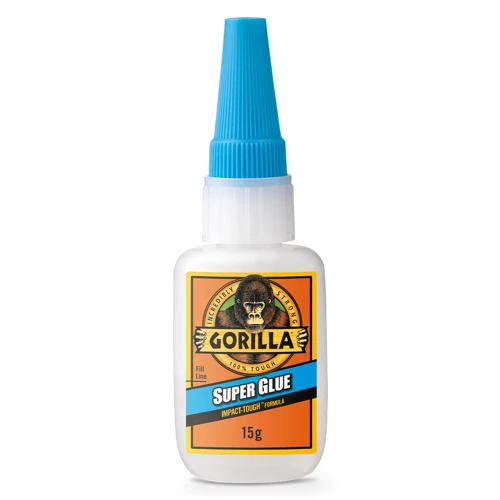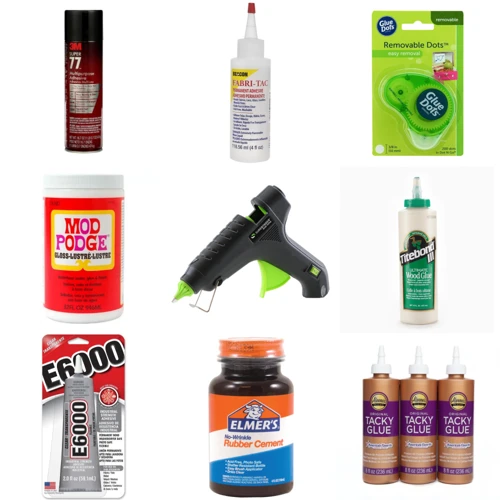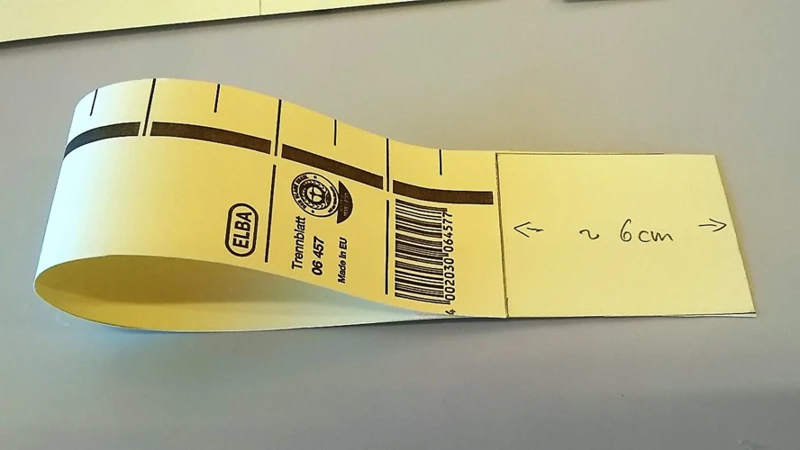When it comes to assembling or repairing items, the strength of the adhesive used is a critical factor that determines the longevity and reliability of the bond. Glue strength is not a one-size-fits-all measurement; it varies widely based on the formulation and intended use. Through scientific advancements and meticulous engineering, today’s adhesives are more durable and versatile than ever before.
The Science Behind Adhesive Durability
Adhesive durability is a fascinating aspect of chemistry that involves complex interactions at the molecular level. The primary mechanism involves the adhesive material forming bonds with the surfaces it is applied to, which can be physical, chemical, or a combination of both. These interactions are what give the adhesive its holding power and are influenced by the specific type of glue and the materials it is meant to bond.
Key Factors Influencing Glue Strength
Several key factors impact the overall strength of an adhesive. These include the surface area and compatibility, the amount of pressure applied during bonding, curing time, and environmental conditions. Understanding these elements is crucial for selecting the right adhesive for a specific task.
Comparing Different Glue Types
Different projects require different adhesive solutions. Whether for household fixes, woodworking, or industrial applications, the market offers a variety of glue types to suit specific needs. Comparing these options is essential to ensure optimal performance and glue strength.
Wood Glue Strength: PVA and Beyond
- Polyvinyl Acetate (PVA): Commonly used for woodworking, known for tight bonding on wood fibers.
- Polyurethane Glue: Provides a waterproof bond and is suitable for both indoor and outdoor applications.
Super Glue Capabilities and Limitations
Super glue, known for its quick-setting properties, excels in bonding small, non-porous items. It’s the go-to for rapid repairs, but it may not be the best choice for flexible or heavy-duty applications due to its brittleness when cured.
Epoxy Resin Strength and Uses
Epoxy resin is renowned for its superior adhesive durability and ability to bond a vast array of materials. It’s a two-part system that, when mixed, creates a strong, chemical-resistant bond ideal for heavy-duty tasks and harsh environments.
Industrial Adhesives: Types and Applications
Industrial adhesives encompass a broad spectrum of glue types designed for specific industries. These include thermoset adhesives for high-heat environments and structural acrylics for strong, durable bonds in construction and manufacturing.
Specialty Glues: Waterproof and Heat-Resistant Options
Specialty glues cater to unique requirements, such as waterproof glue for marine applications and heat-resistant adhesives for electronic components. These formulations ensure that the bond remains secure under challenging conditions.
Bonding Materials with the Right Glue
Choosing the correct adhesive is crucial for creating a lasting bond. Whether working with wood, metal, plastic, or a combination of materials, it’s essential to understand the specific attributes of different glues to ensure compatibility and strength.
Best Practices for Bonding Wood
To achieve optimal wood glue strength, ensure the surfaces are clean, apply pressure evenly, and allow sufficient curing time. PVA and epoxy are commonly recommended for their strong hold on wooden surfaces.
Guidelines for Metal and Plastic Adhesion
For metal and plastic, surface preparation is key. Abrading the surfaces and using primers can greatly improve the adhesion quality. Epoxies and cyanoacrylates (super glues) are often used for their robust bonding capabilities.
Tips for Gluing Porous vs. Non-Porous Surfaces
Understanding the nature of the surfaces is fundamental. Porous materials may require adhesives that can penetrate the pores, while non-porous surfaces often need adhesives with a higher initial tack to hold the materials in place as the glue sets.
Glue Comparison: Case Studies and Tests
A glue comparison can reveal a lot about the practical applications and limitations of different adhesives. By examining real-world cases and controlled tests, one can gain insights into how adhesive choices affect the outcome of projects.
Real-World Examples of Adhesive Performance
Case studies of successful adhesive applications in various industries demonstrate the importance of choosing the right glue. Examples include the use of industrial adhesives in automotive assembly and epoxy resin in boat building.
Laboratory Testing: Adhesive Strength Metrics
Laboratory tests, such as tensile and shear strength assessments, provide quantitative data on adhesive performance. These metrics help in understanding the capabilities and limitations of different glue types under controlled conditions.
Maintaining Adhesive Durability
Once the right adhesive is selected and applied, maintaining its durability is vital to preserve the integrity of the bond. Proper storage and application can significantly impact the longevity of the glue’s strength.
Storage and Handling of Glues for Optimal Performance
Most adhesives have specific storage requirements to prevent premature curing or degradation. Keeping them in a cool, dry place and tightly sealed ensures that they retain their bonding properties when needed.
Common Mistakes That Weaken Glue Bonds
Avoiding common mistakes such as using too much adhesive, not allowing proper cure time, or neglecting surface preparation can make a significant difference in the strength and durability of the bond.
Choosing the Right Glue for Your Project
Every project has unique requirements, and selecting the appropriate adhesive is a critical decision that determines the project’s success. Understanding the properties of various glue types is the first step towards making an informed choice.
Glue Selection Guide Based on Material and Application
Consider the materials to be bonded, the environmental conditions they will face, and the stress they will endure. This guide helps in narrowing down the adhesive options to those most suitable for the project’s specific demands.
When it comes to adhesives, strength is a key factor in choosing the right one for your project. Different types of glue offer varying levels of holding power and are suited to different materials and conditions. For a detailed comparison of adhesive strengths, check out our in-depth articles on how strong CA glue is, the durability and applications of fabric glue, and the versatility and strength of hot glue. Each of these glues has unique properties that make them ideal for certain tasks, whether you’re working on a quick repair or a complex craft.
When to Opt for Epoxy, PVA, or Super Glue
Epoxy is ideal for heavy-duty, structural applications; PVA is best for woodworking projects; and super glue is suitable for quick repairs of small items. Matching the glue to the task ensures a strong, lasting bond.



